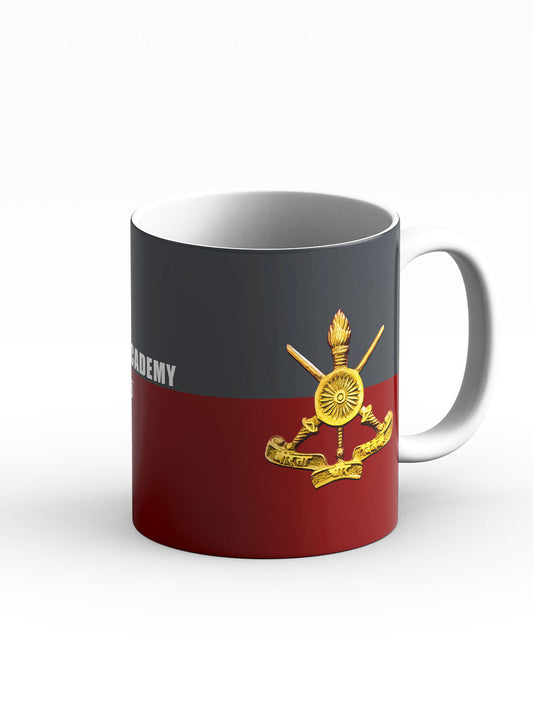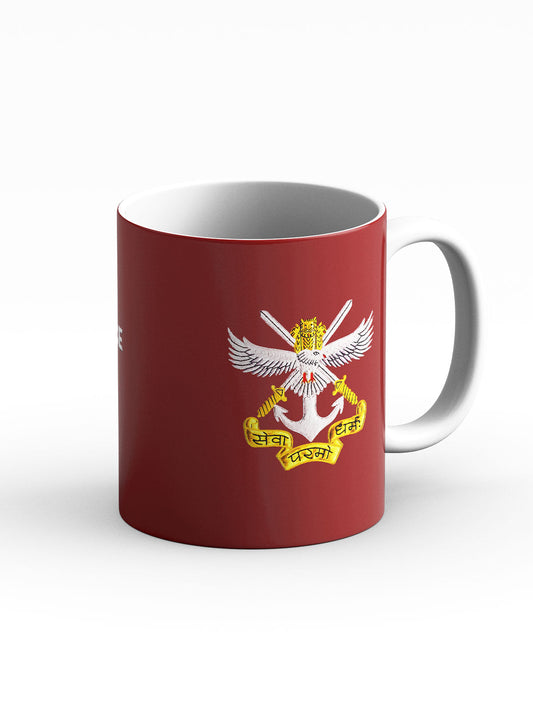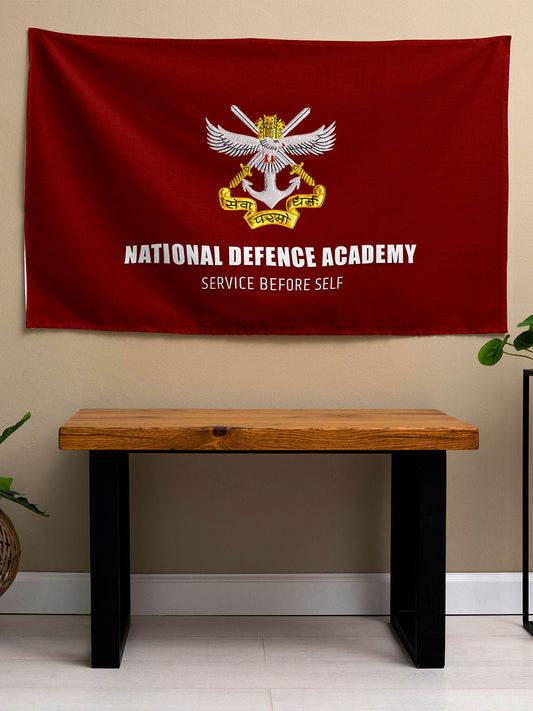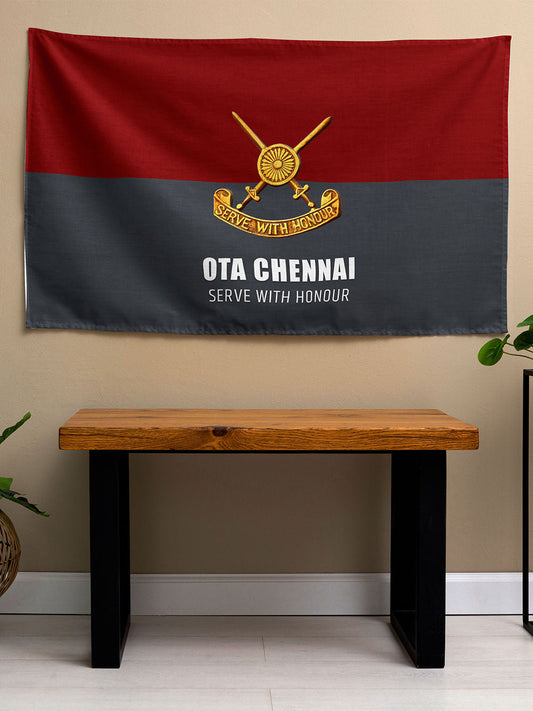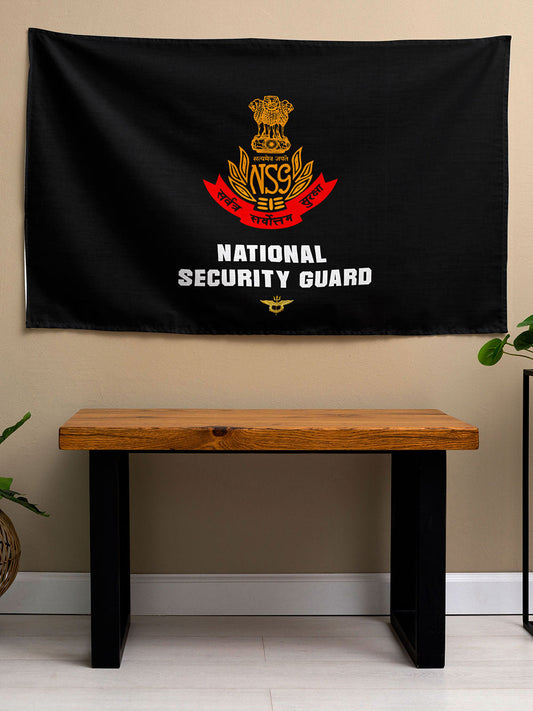Lt Gen Prit Pal Singh Evaluates Amphibious Brigade's Advanced Warfare and Tech Integration Efforts

The Indian Army's unique amphibious warfare unit recently demonstrated its operational capabilities and technological progress during a detailed review by Lieutenant General Prit Pal Singh, AVSM, who commands the Sudarshan Chakra Corps. This evaluation, carried out at the Amphibious Brigade within the Bison Division, emphasized the Army's preparedness for contemporary warfare and its increasing emphasis on domestic defense solutions.
Established in 1966, the 54th Infantry Division showcased combat exercises and preparedness protocols specific to amphibious operations. Renowned for its pivotal role in the 1971 Battle of Basantar, where it garnered 196 gallantry awards, including two Param Vir Chakras, the division reiterated its strategic significance in safeguarding India's coastal and maritime interests.
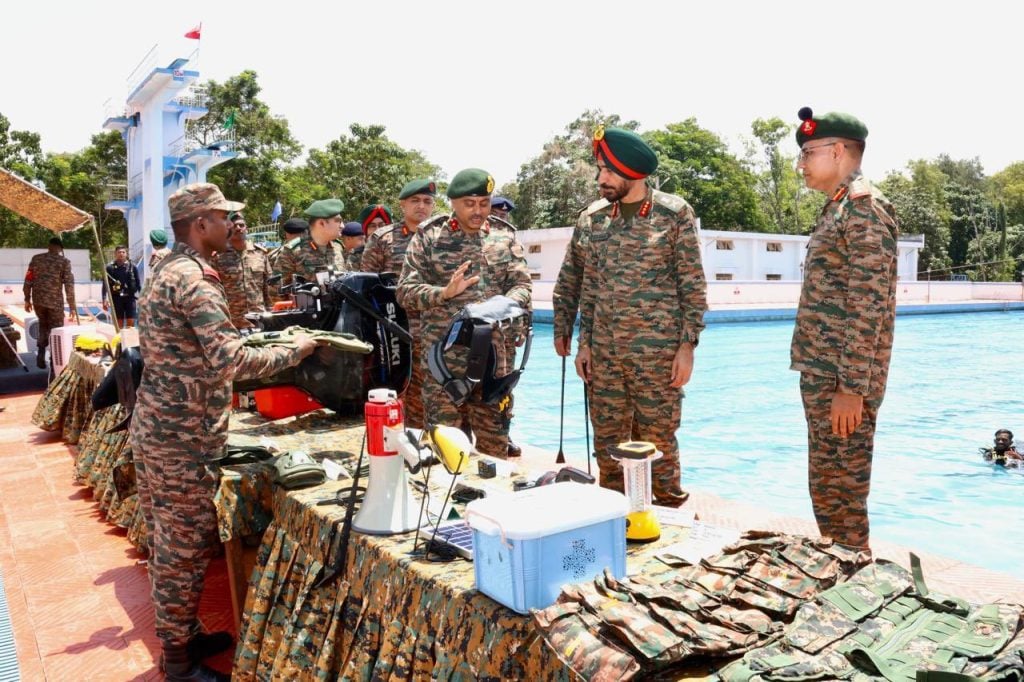
A significant element of the visit was the interaction between the General Officer and the Kerala Startup Mission (KSUM), an initiative by the Kerala government that has supported over 3,000 startups since 2006. The discussion focused on integrating civilian technological advancements—especially in fields such as artificial intelligence, drones, and hardware design—into the Indian Army's operational strategies as part of the Atmanirbhar Bharat (self-reliant India) initiative.
During the review, the Amphibious Brigade also exhibited advanced drone capabilities, highlighting the Army's move towards incorporating unmanned systems for surveillance and offensive tasks. Studies from global military research, such as a RAND Corporation report, indicate that more than 50 percent of modern military forces are employing drones in active duty, a trend the Indian Army is increasingly embracing.

The visit underscored the Indian Army's evolving strategy to integrate its historical combat expertise with contemporary innovation and civil-military cooperation, ensuring that its forces remain flexible, responsive, and equipped to handle multiple threats in future combat scenarios.



